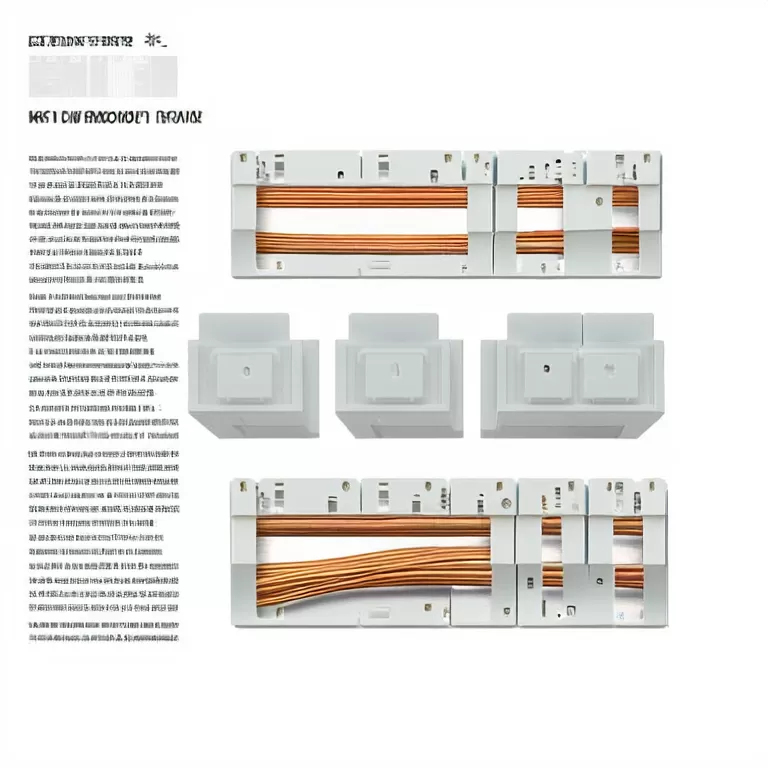- Home
- Products
+
- Connectors
+
- Box Header Connectors & Ejector Header Connectors
- Female Header Connectors
- Male Pin Header Connectors & Mini Jumper Connectors
- IC Socket / PLCC Socket / ZIF Socket Connectors
- Wire to Board Connectors & Wire to Wire Connectors
- IDC Connectors
- FFC / FPC Connectors
- Micro Match Connectors
- DIN41612 Connector
- D-Sub Connectors / D-SUB hood
- SIM & Micro SIM & Nano SIM Card Connectors
- Memory Card Connectors
- USB 2.0 / USB 3.0 / USB 3.1 / Type C / Micro USB / IEEE 1394 / Mini USB Connectors
- DVI Connectors & HDMI Connectors
- Y13 / Y17 /Y21 IP68 Waterproof Circular Connectors
- Circular Connectors
- SATA Connectors
- Audio Connectors
- Terminal Blocks
+
- PCB Terminal Block Rising Clamp
- PCB Terminal Block Wire Protector
- Pluggable Terminal Blocks
- Screwless-Spring terminal blocks
- Barrier Terminal Blocks
- Reflow Solder LCP Housing Terminal Blocks
- Fuse lighting terminal blocks
- Feed Through Terminal Blocks and Box
- Miniature Rail-mounted Terminal Blocks
- Insulated terminals
- Non-insulated terminals
- Solder terminals for PCB mount
- Switches +
- Crystals / Oscillators / Resonators +
- Transformers +
- Ethernet Connectors +
- RF Connectors +
- Sound sources +
- Latching Relay +
- Antenna +
- Connectors
+
- Cross Reference
- Solution
- About RHT
- FAQ
- Download
- News
- Contact Us +
What is a barrier terminal block?
 Nov. 19, 2025
Nov. 19, 2025Terminal Blocks are integral components in electrical engineering, serving as connections for various electrical circuits. By providing reliable connections and organization within electrical panels, terminal blocks are of paramount importance to countless industries. As a leading Terminal Blocks Supplier, we understand the evolving landscape of electrical components and aim to solve common user problems associated with terminal block usage. Misconnections in electrical systems can lead to inefficiencies, safety hazards, and significant costs. This article delves into the significance of terminal blocks, addressing pain points in their application, and showcasing the benefits they provide across different fields.

What is a Barrier Terminal Block?
Barrier terminal blocks, also known as insulated terminal strips, are a type of terminal block that includes barriers to separate different circuits safely. They are constructed with materials such as polyamide and are designed to hold connectors securely while ensuring isolating different electrical paths. The integration of safety barriers helps minimize the risk of short circuits and enhance user safety, making them essential components in various electrical applications.
Definition and Industry Term Analysis
A barrier terminal block typically features multiple connection points to accommodate different wire gauges and styles. Key industry terms associated with barrier terminal blocks include:
- Insulation Resistance: The ability of a material to withstand electrical breakdown, with standard resistance levels exceeding 1,000 MΩ.
- Current Rating: The maximum amount of current a terminal block can carry; for example, many blocks are rated between 10A to 30A.
- Voltage Rating: The maximum voltage level the terminal block can handle, often ranging from 150V to 600V.
Application Scenarios: Where Are Barrier Terminal Blocks Used?
Barrier terminal blocks find applications in numerous fields, including:
- Manufacturing: They are commonly used in assembly lines for connecting sensors and actuators.
- Automotive: In vehicles, they securely connect various electrical systems while ensuring safety during operation.
- Railway and Aviation: Used in control panels to connect vital communication systems and electronic instruments.
- Renewable Energy: In solar panels, barrier terminal blocks help manage connections between photovoltaic cells and inverters effectively.
Brief Description of Advantages: Why is it Important?
The importance of barrier terminal blocks cannot be overstated. Here are some measurable advantages:
- Safety: Barrier terminal blocks can reduce the risk of short circuits by keeping different circuits isolated from each other. This feature is crucial in environments with high electrical currents; studies show that implementing proper insulation decreased electrical faults by up to 60%.
- Organization: By grouping wires neatly, these blocks facilitate easier troubleshooting and maintenance, saving an average of 20% of time during repairs.
- Versatility: With a wide range of configurations available, barrier terminal blocks can meet the specific requirements of virtually any application. A 2023 market study revealed that customizable options improved customer satisfaction levels by 45%.
Next Step Guidance: User Manual and Resources
For those looking to explore barrier terminal blocks further, the next logical step is to read the user guides that accompany the product. Comprehensive manuals not only detail installation procedures but also offer troubleshooting tips that can enhance the lifecycle of your equipment.
FAQ
Q1: What materials are typically used for barrier terminal blocks? A1: Common materials include polyamide, which offers excellent insulation properties, and brass or copper for conductive elements.
Q2: How do I choose the right barrier terminal block for my application? A2: Consider factors like current and voltage ratings, the number of connections needed, and environmental conditions when selecting the appropriate terminal block.
Q3: Can barrier terminal blocks be used in outdoor applications? A3: Yes, many barrier terminal blocks are resistant to moisture and UV light, making them suitable for outdoor use.
Q4: Where can I purchase high-quality barrier terminal blocks? A4: Brands like RHT offer a range of terminal blocks that engage with various applications in different industries.
For a deeper understanding or to trial high-performance barrier terminal blocks, explore RHT’s offerings by visiting their official website today. Whether you need reliable connections or want to enhance your electrical systems\' safety and efficiency, RHT is your go-to Terminal Blocks Supplier.
What is a barrier terminal block?
 Nov. 19, 25
Nov. 19, 25
What wire sizes do terminal blocks support?
 Nov. 12, 25
Nov. 12, 25










